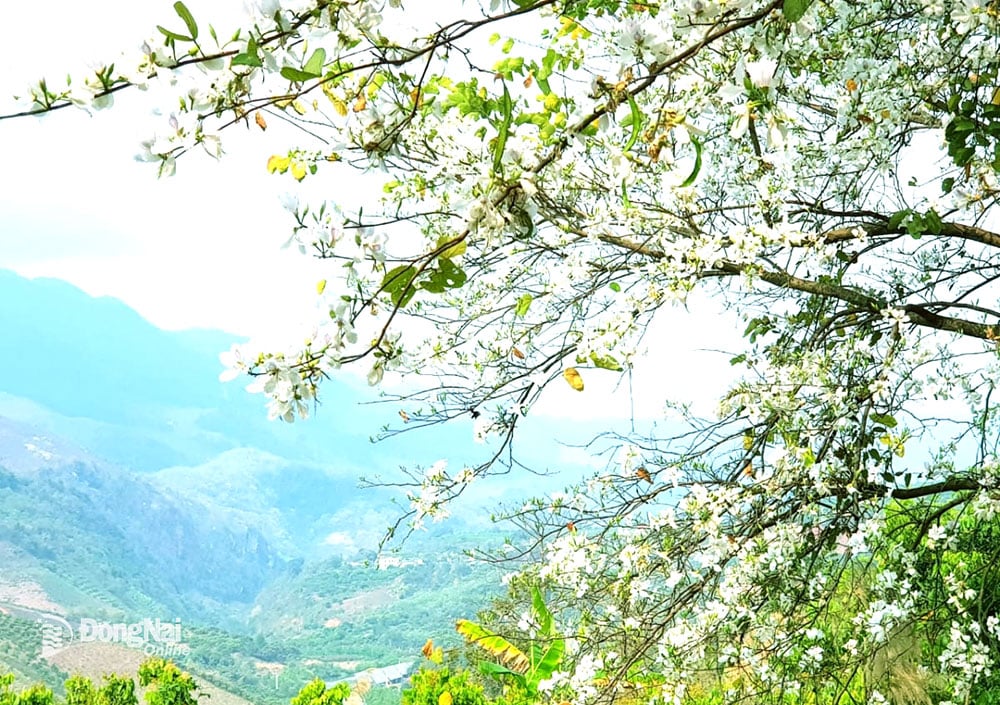 |
| Northwest Ban flower season |
According to the customs of the Thai people, in the past, the Ban flower festival was the biggest festival in the Northwest region. Every year, on the day of the Ban flower festival, Thai boys and girls had the opportunity to meet, date, and confide in each other. Therefore, for thousands of years, the Thai people have considered the Ban flower a symbol of love, a flower of dreams, and longevity.
Dien Bien Phu is filled with white Bauhinia flowers
This year, the Ban Flower Festival and the 8th Dien Bien Province Ethnic Culture, Sports and Tourism Festival will be held from March 13, coinciding with the opening day of the Dien Bien Phu Campaign, and will end on
16-3. with many activities such as: Hoa Ban Beauty Contest, street parade, introducing legends, history and unique folk dances, Thai ethnic folk culture...
I have been to Dien Bien many times, and the first time I came to this land that created the “white wreath of golden history” was on the occasion of the 50th anniversary of the Dien Bien Phu Victory, more than 20 years ago. At that time, I also saw for the first time a few late-season Bauhinia trees still blooming white on the slopes of Pha Din Pass, Hill A1, Dien Bien Phu Martyrs’ Cemetery, and a few ancient Bauhinia trees in Muong Phang.
On the occasion of the 55th anniversary of the Dien Bien Phu Victory, I had the opportunity to return here and learned that Ban flowers were grown in abundance on Hill A1. The following visits were at different times, so I almost forgot about this typical flower of the Northwest mountains and forests, although I have often visited the village to enjoy Ban flower salad, grilled fish, and Chit wine, and risked my life to hold hands and spread my legs with some graceful Thai girls wearing Ban flowers in their long, shiny hair...
| Standing on milestone 0 looking down at Xin Thau commune, I saw many pure white patches of blooming Bauhinia flowers. |
This return in mid-March, I was really impressed with a Dien Bien almost covered and flooded with white Bauhinia flowers. Bauhinia are not only planted along the roads in the city and National Highway 279 but also almost all historical sites such as the Dien Bien Phu Victory Monument, including the De Cat Tunnel area, where you can see brilliant white Bauhinia flowers.
Photographers and locals say that the row of Ban trees planted at the Hoa Ban water park in Noong Bua ward is the most attractive "check-in" spot this year in Dien Bien Phu city. The road from the city to Muong Ang and Muong Cha districts, the square area of Muong Lay town are also beautiful Ban flowers blooming spots. What was quite surprising was that this time in Dien Bien, I just learned that in this province known as the land of Ban flowers in the Northwest, there are Ban areas that are up to 30 years old such as: Ban flower forest in Du O village in Nong U commune, Dien Bien Dong district; Ban ancient valley in Chieu Ly village in Sa Long commune, Muong Cha district with about 5 thousand trees. Most special is an area with 1,200 ancient Ban trees in Nam Cum village, Ngoi Cay commune, Muong Ang district, creating a natural landscape as beautiful as a fairy tale world.
In Dien Bien Phu city, I was quite impressed with the rows of pinkish white Bauhinia flowers planted along the banks of the Muong Thanh river, creating a new and strange color. Just like later, I was surprised by the purple-white color of the rows of Bauhinia flowers planted for kilometers on Ban Pass (National Highway 37) in the Muong Coi area.
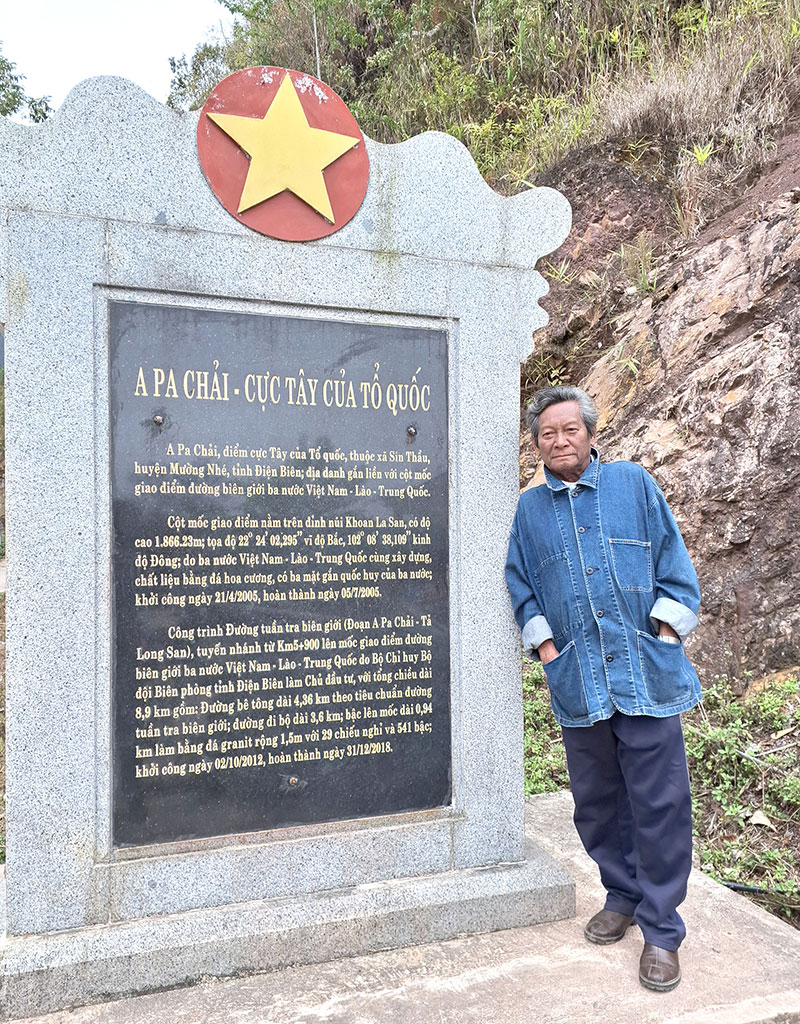 |
| Journalist Bui Thuan in A Pa Chai (Muong Me district, Dien Bien province). |
Through research, I know that pure white Bauhinia flowers, pinkish white Bauhinia flowers, and purple Bauhinia flowers all belong to the Bean family with the scientific name Bauhinia variegata, often losing their leaves in the dry season and blooming simultaneously in the spring.
March, commonly known as the Northwest Ban flower. Unlike a flower called the red Ban flower, which people in the South call the queen orchid or the cow's hoof flower because it has heart-shaped leaves and resembles a cow's hoof, the red flower with green leaves all year round belongs to the Caesalpiniaceae family with the scientific name Baccaurea sapida.
Milestone 0 A Pa Chai
In recent years, A Pa Chai is no longer strange to backpackers and tourists who love to explore. A Pa Chai is a small village of the Ha Nhi people and is considered the westernmost point of our country; at the same time, it is also the border junction of the three countries of Vietnam - Laos - China.
Travelers believe that going to A Pa Chai does not require hunting for clouds, as the clouds come by themselves every time you turn a corner; however, this is the most remote and arduous destination among the four “extremes” of Vietnam and A Pa Chai is called “Truong Sa on land”. The road from Dien Bien Phu city to Muong Nhe district is more than 200km long, from Muong Nhe to A Pa Chai is more than 60km, although it is a bit far. Previously, it took 10 days to walk from Muong Nhe to A Pa Chai, but now cars take you there. But the most difficult part is the road from A Pa Chai to milestone 0. Anyone who has reached A Pa Chai wants to set foot on the 1,864m peak on Khoan La San mountain in the remote Pu Den Dinh mountain range of the Fatherland with pride and excitement.
There is a scientific document stating: “The number 0 is considered one of the greatest discoveries in human history. The concept of the number 0 was invented by Indians around the 7th century. Researchers believe that many ancient civilizations used the number 0 as a “placeholder”, that is, a symbol to represent something that does not exist, but may exist later. Therefore, the number 0 has been used to mark the first point to demarcate the border between countries and the origin of a route. Vietnam has 2 number 0 markers, one is the A Pa Chai marker located at the “border junction” of Vietnam - Laos - China in Xin Thau commune, Muong Nhe district, Dien Bien province. The other is the number 0 marker at the “Indochina junction” of Vietnam - Laos - Cambodia in Bo Y commune, Ngoc Hoi district, Kon Tum province. Both of these number 0 markers are not actually numbered, but are both called number 0 markers, making The starting point for the next milestones. Thanks to their special and unique nature, both of these milestones have an important position in the consciousness of the Vietnamese people, because they not only mark the dividing point of the territory and territory in terms of geography but also in terms of national history and love for the homeland.
Previously, the 11km long road through the forest from A Pa Chai Border Post to milestone 0 took a day to go and return. Now there is a border patrol road, a cemented walking road about 8km long, riding a motorbike, motorbike number 2 or 1 through the rough rocky hills and alleys only takes about 2 hours.
To set foot on the zero milestone, we had to walk up 541 granite steps, 1.5m wide, with 29 landings. Everyone was sweating, even though the weather in this area was very cool. It was not until we stood next to the 2m high milestone with 3 sides facing 3 directions, each side engraved with the country's name in the national language and its own national emblem, that my companions and I were both out of breath and unable to contain our pride. At the same time, we realized that we were "old men going to war" because the crowd around us were all young people. They eagerly surrounded the milestone to take pictures with the national flag waving high.
Bui Thuan
Source: https://baodongnai.com.vn/dong-nai-cuoi-tuan/202504/len-a-pa-chai-mua-hoa-ban-a862f10/



![[Photo] General Secretary To Lam holds talks with General Secretary and President of China Xi Jinping](https://vstatic.vietnam.vn/vietnam/resource/IMAGE/2025/4/14/b3d07714dc6b4831833b48e0385d75c1)
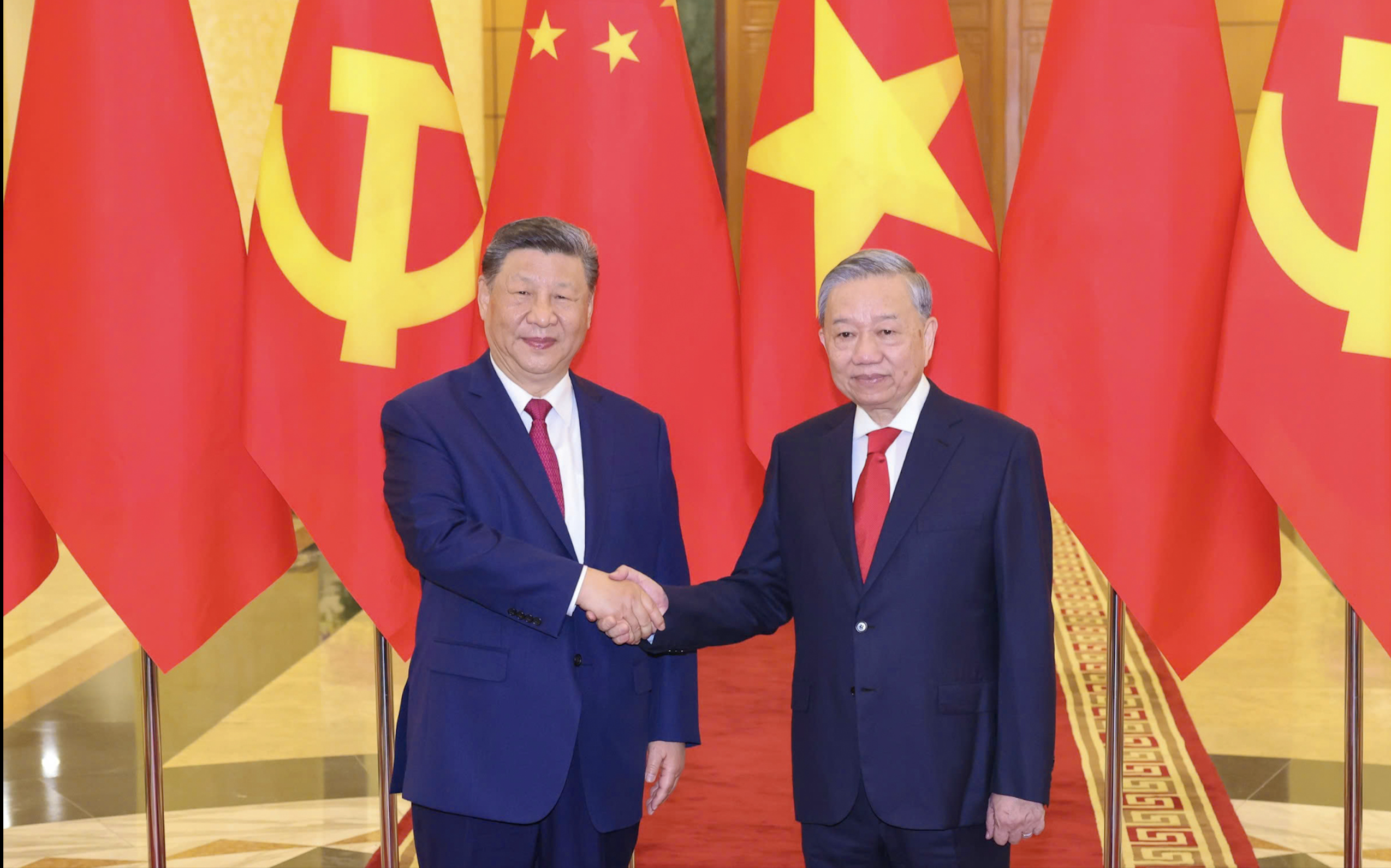
![[Photo] Prime Minister Pham Minh Chinh meets with General Secretary and President of China Xi Jinping](https://vstatic.vietnam.vn/vietnam/resource/IMAGE/2025/4/14/893f1141468a49e29fb42607a670b174)
![[Photo] National Assembly Chairman Tran Thanh Man meets with General Secretary and President of China Xi Jinping](https://vstatic.vietnam.vn/vietnam/resource/IMAGE/2025/4/14/4e8fab54da744230b54598eff0070485)
![[Photo] Reception to welcome General Secretary and President of China Xi Jinping](https://vstatic.vietnam.vn/vietnam/resource/IMAGE/2025/4/14/9afa04a20e6441ca971f6f6b0c904ec2)
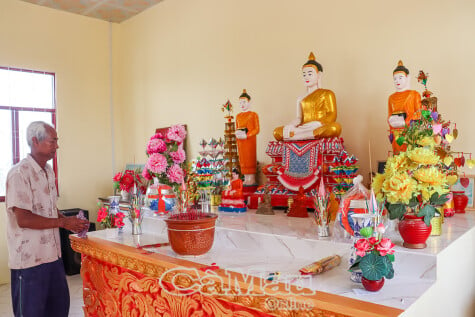
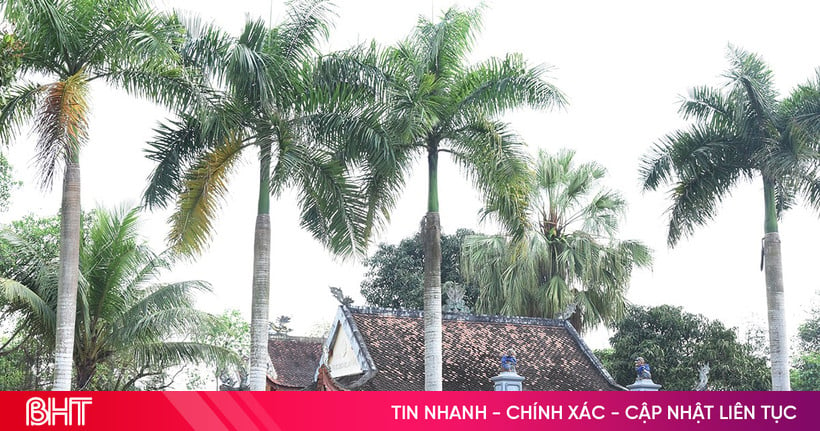
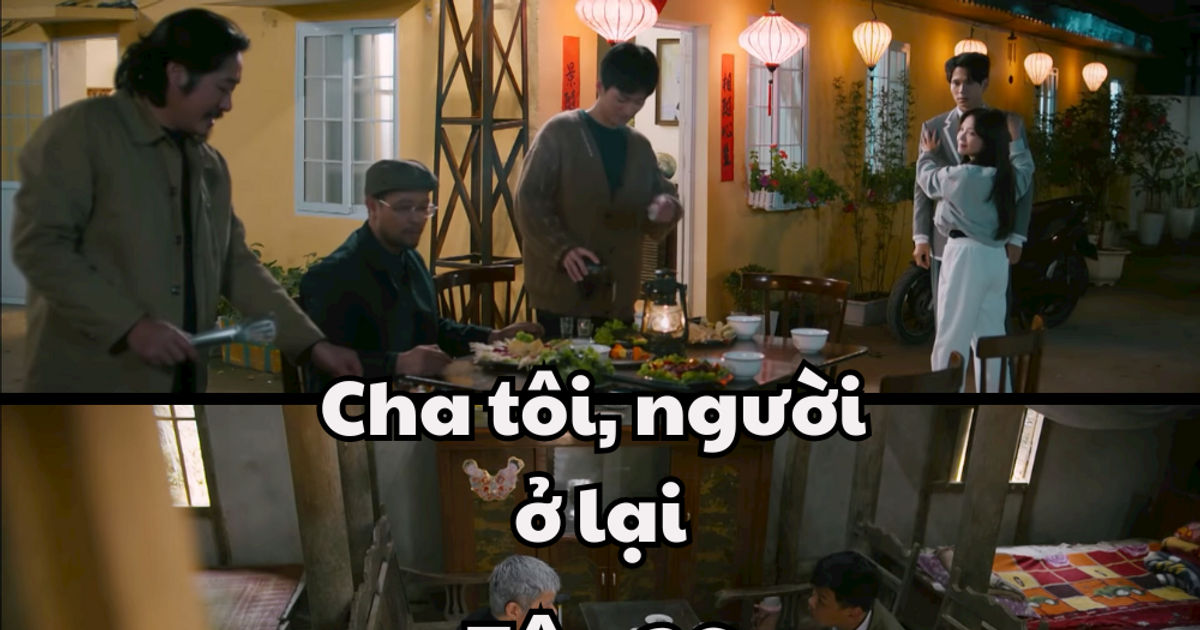



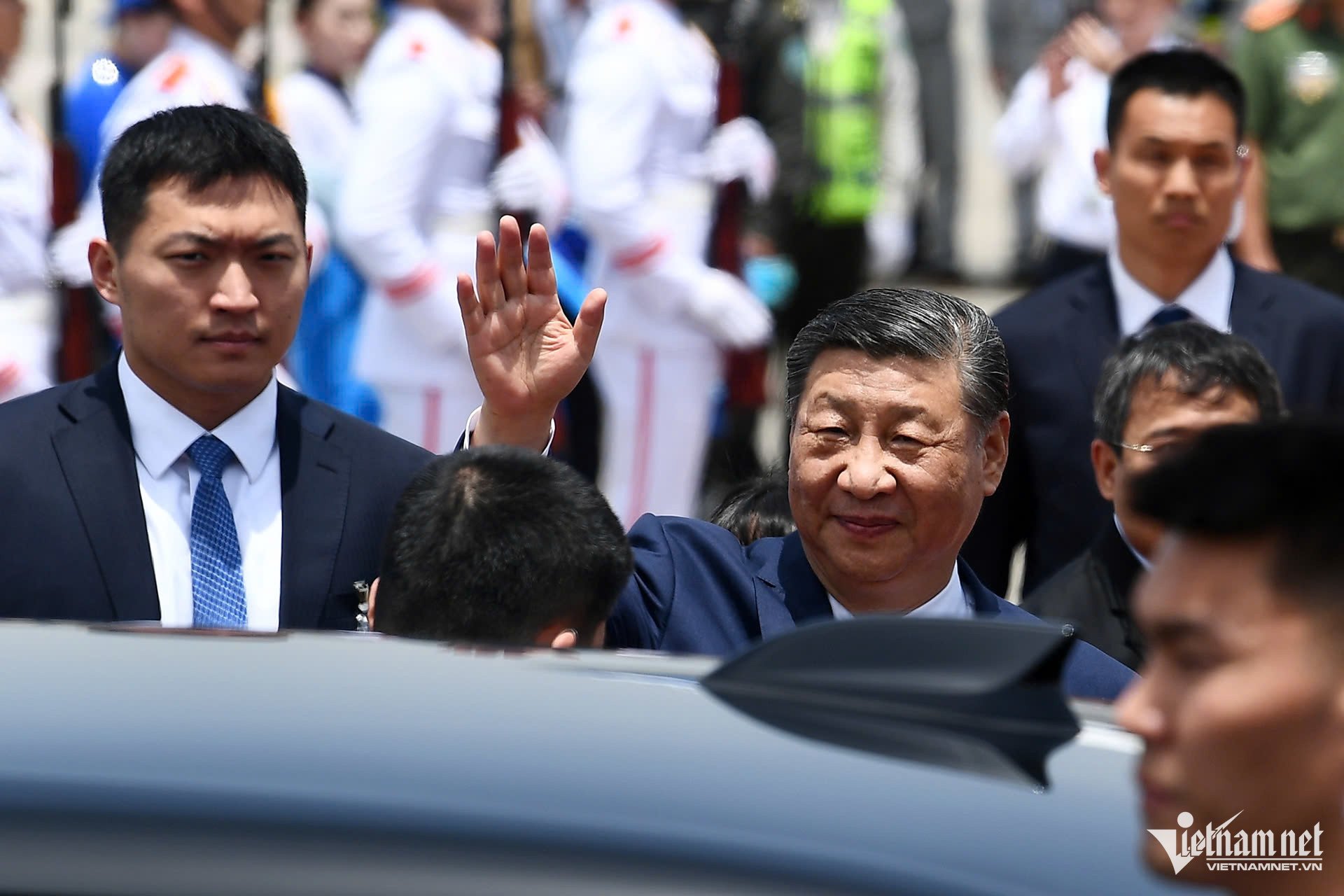
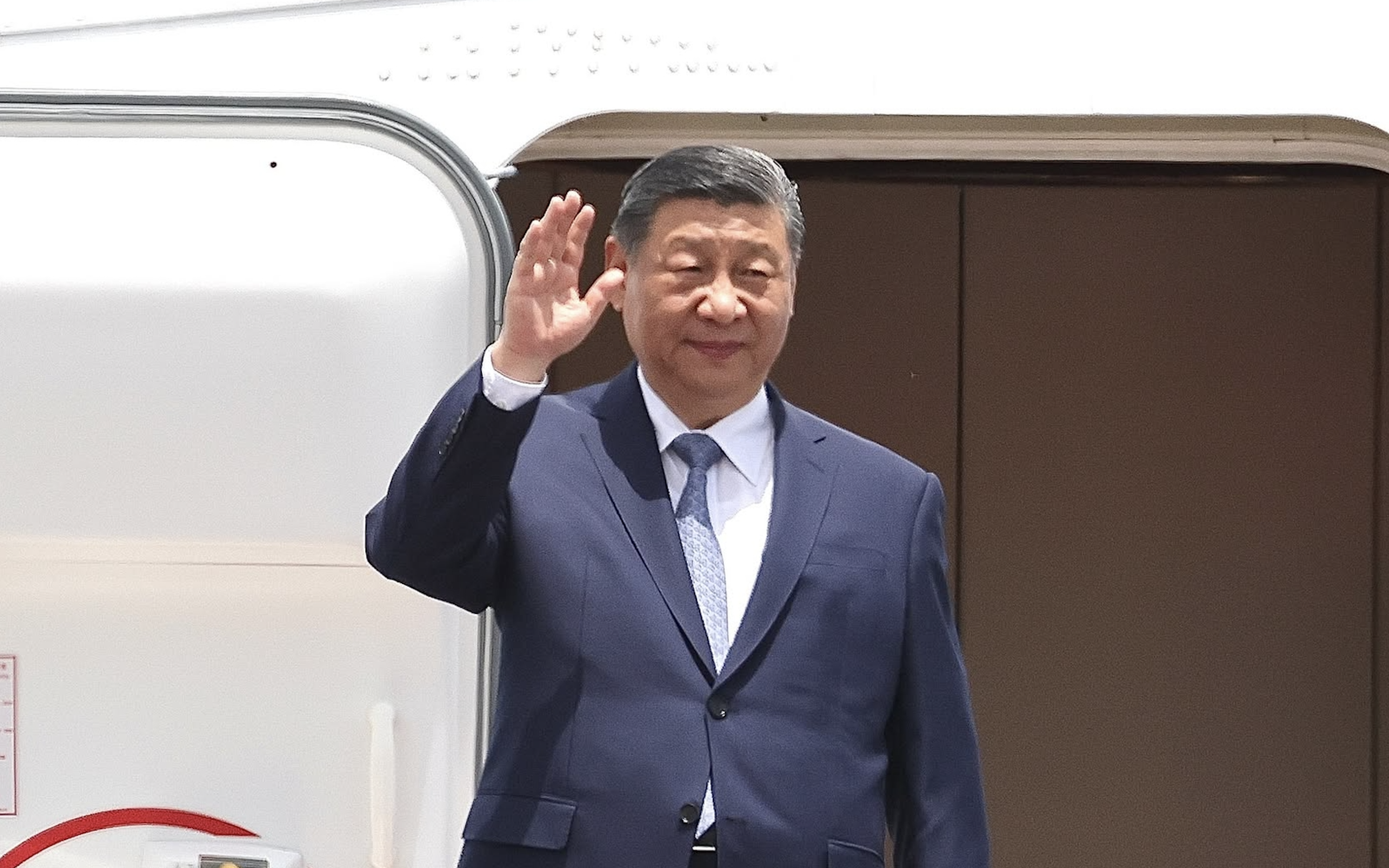
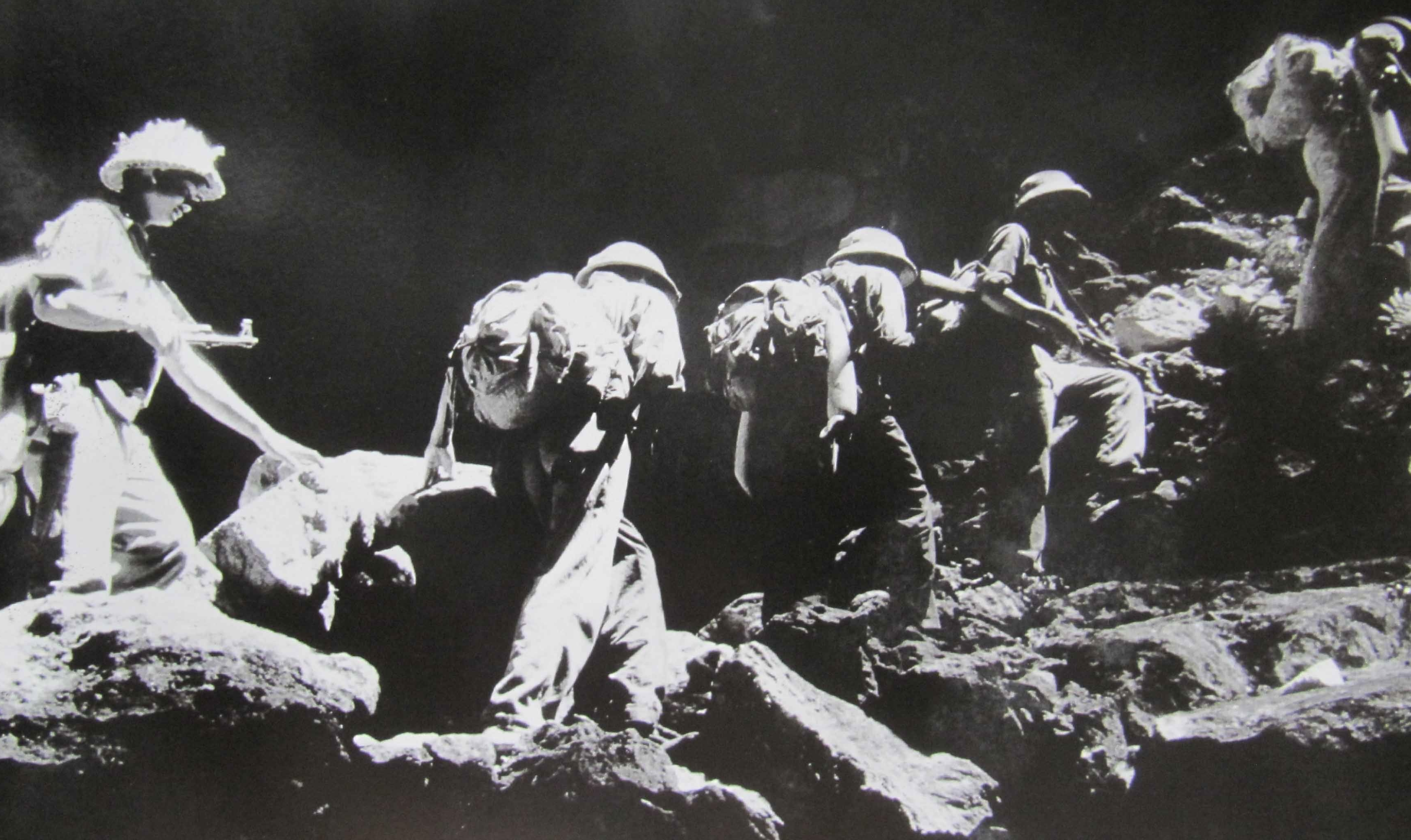

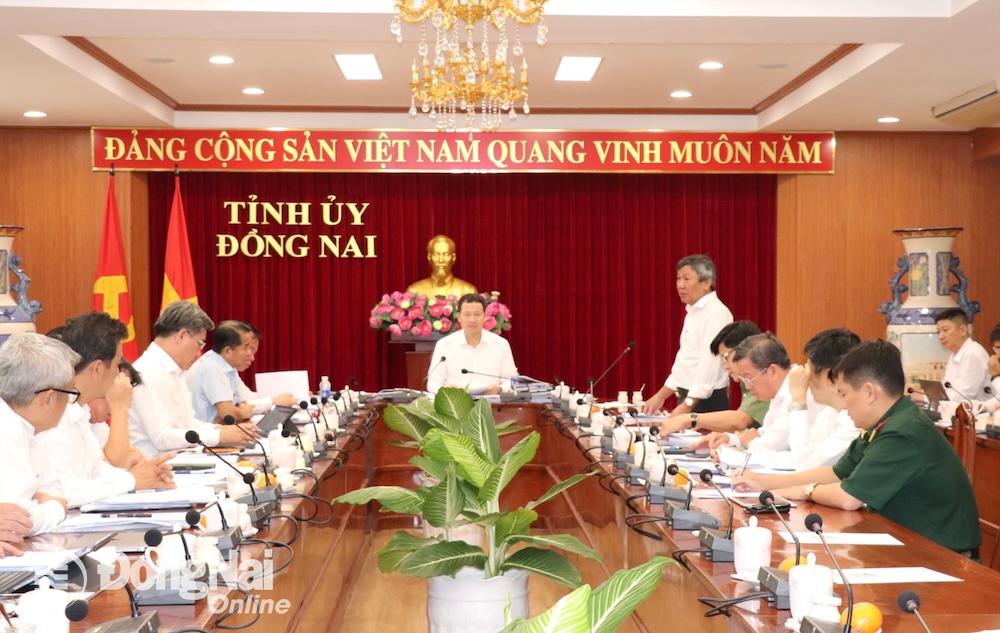


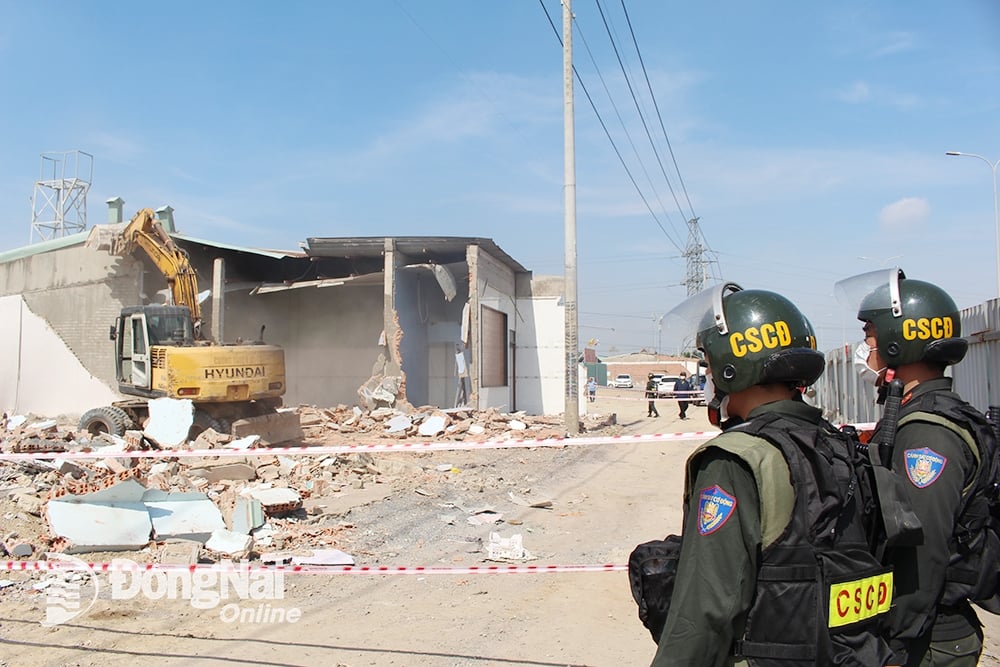
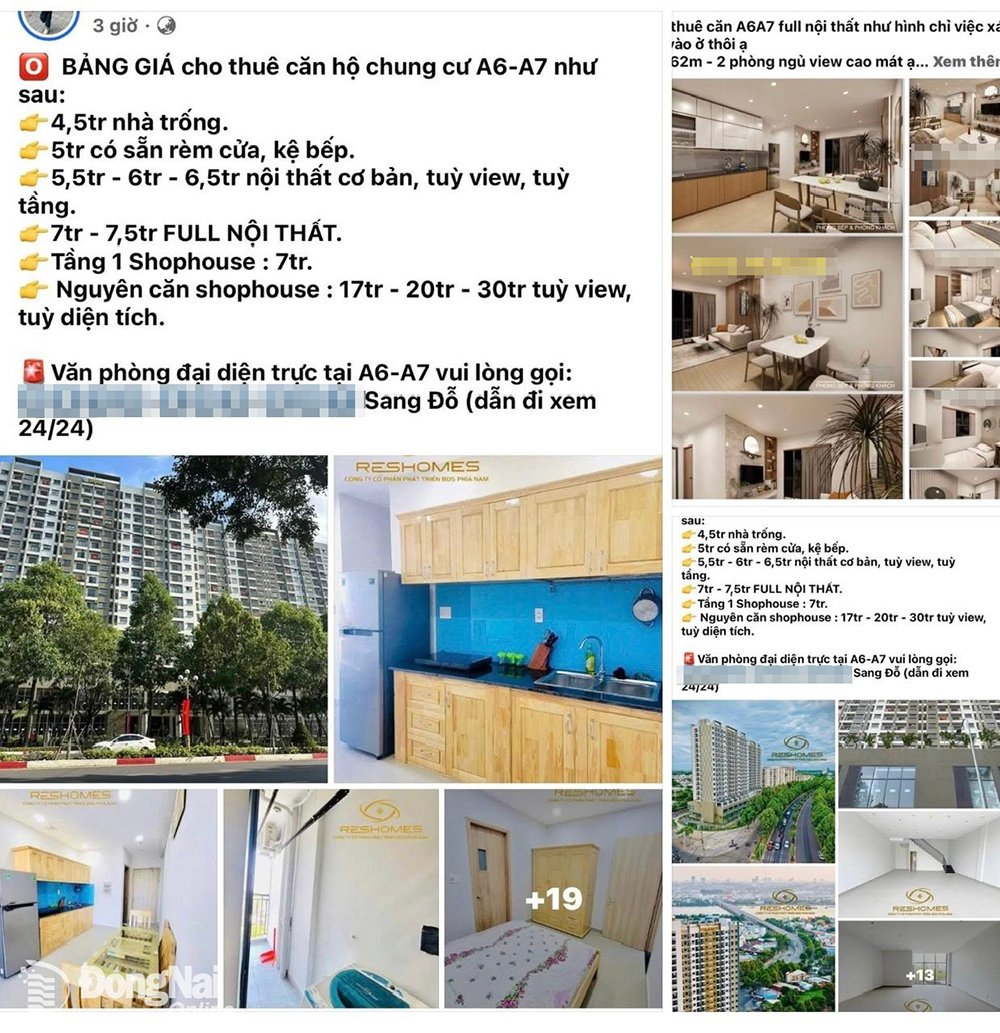

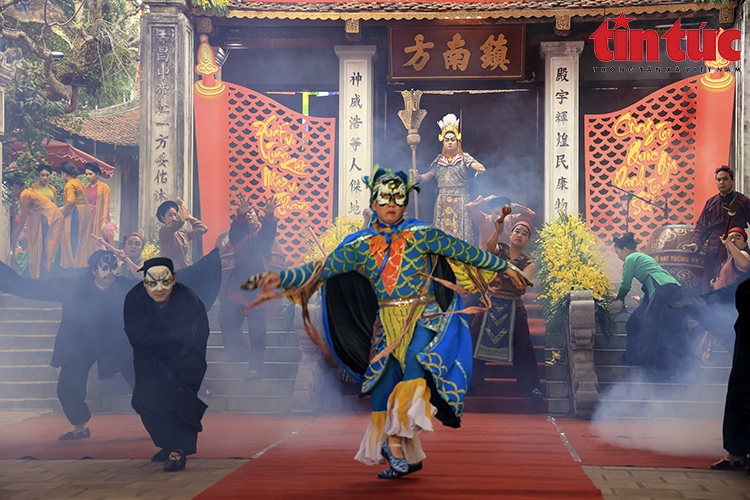

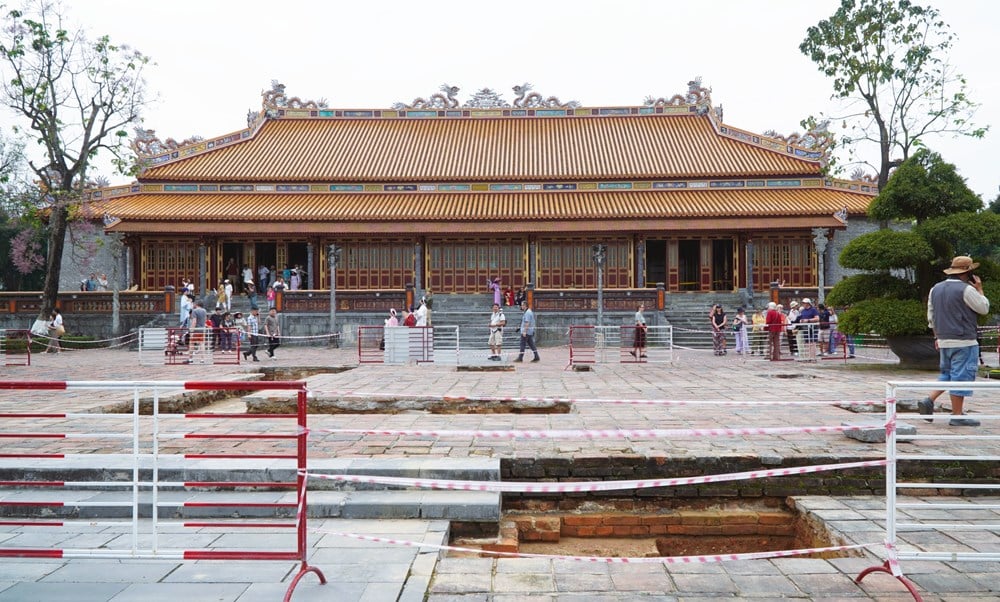

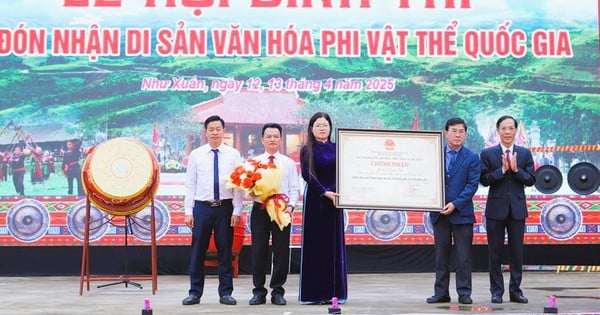

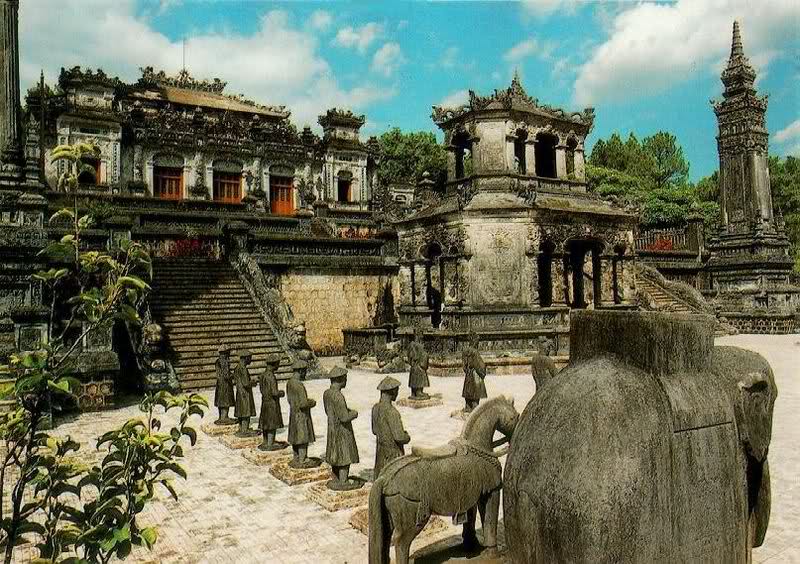
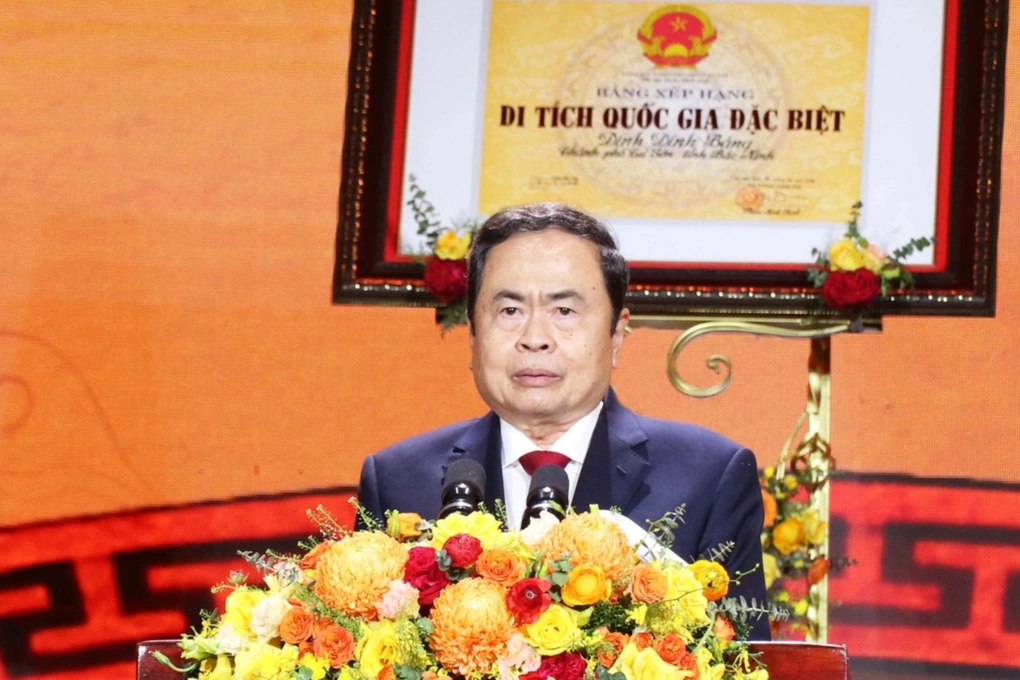

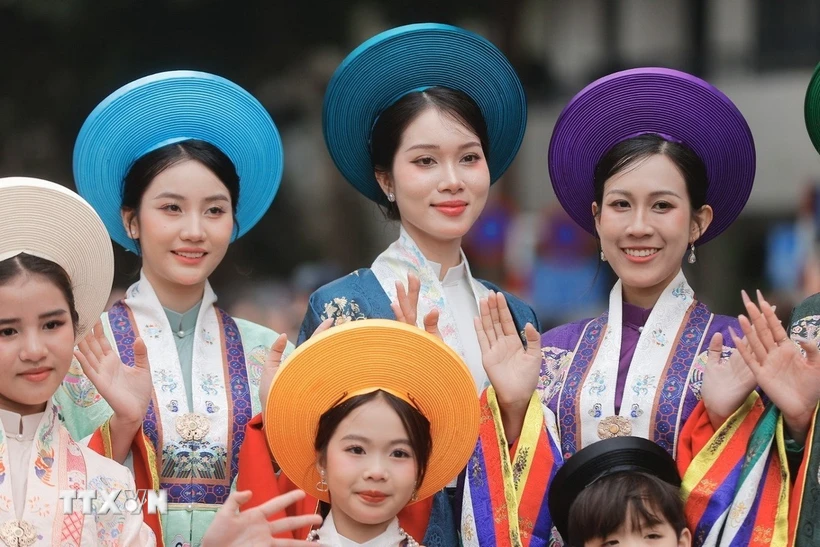

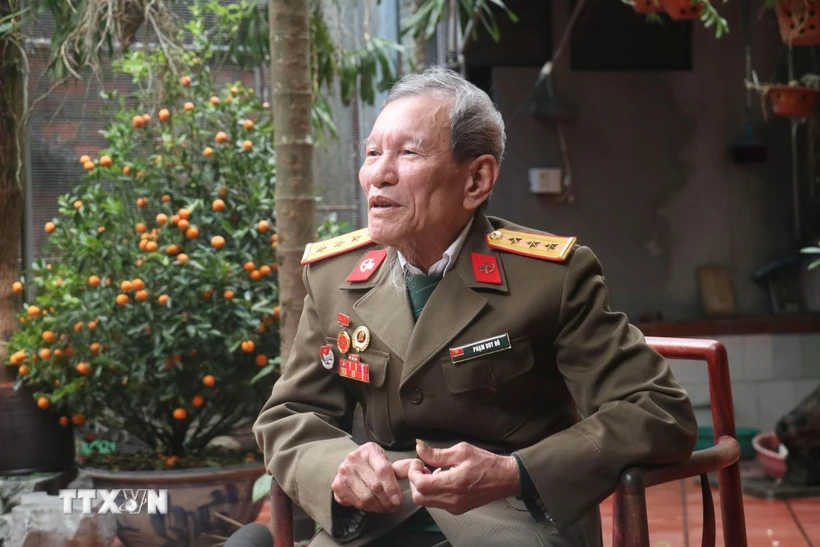


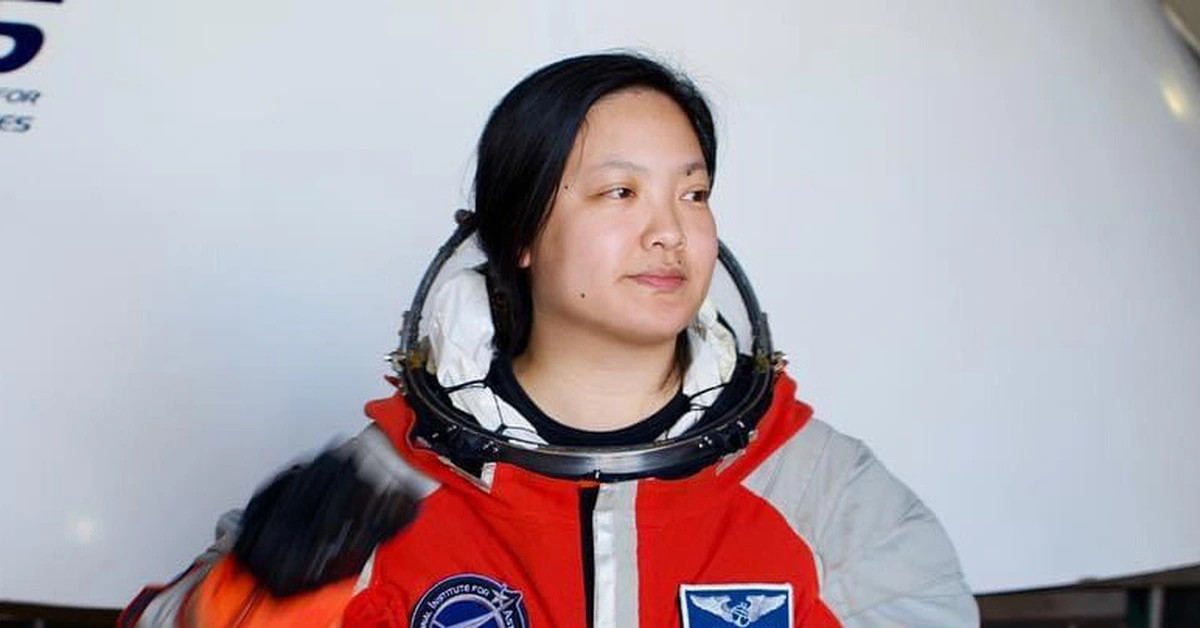
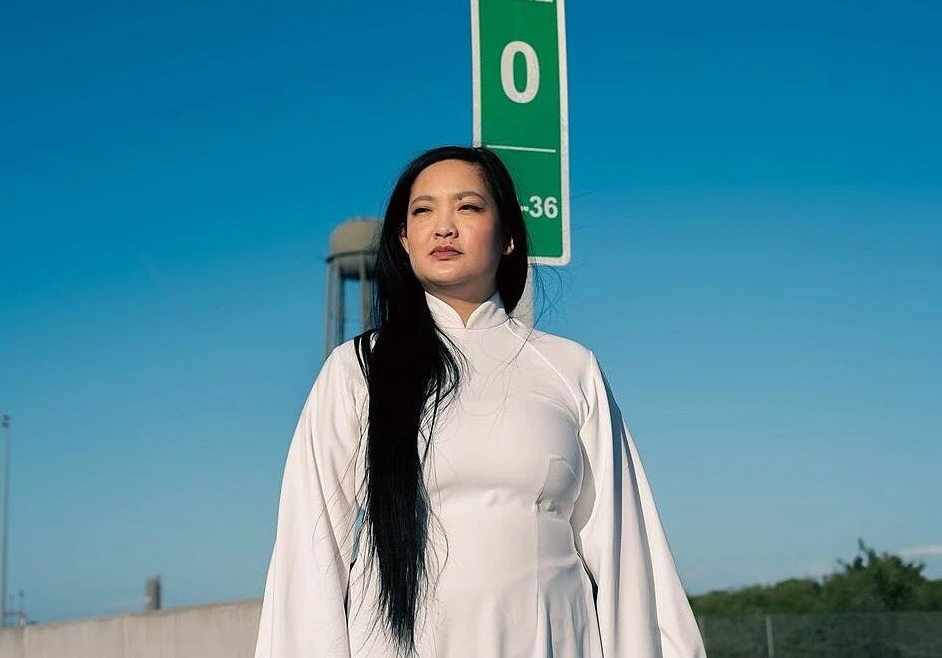





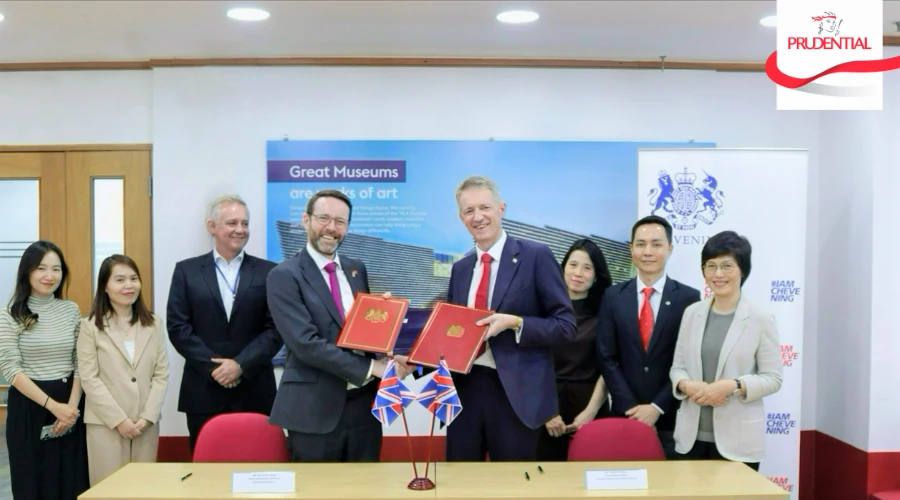

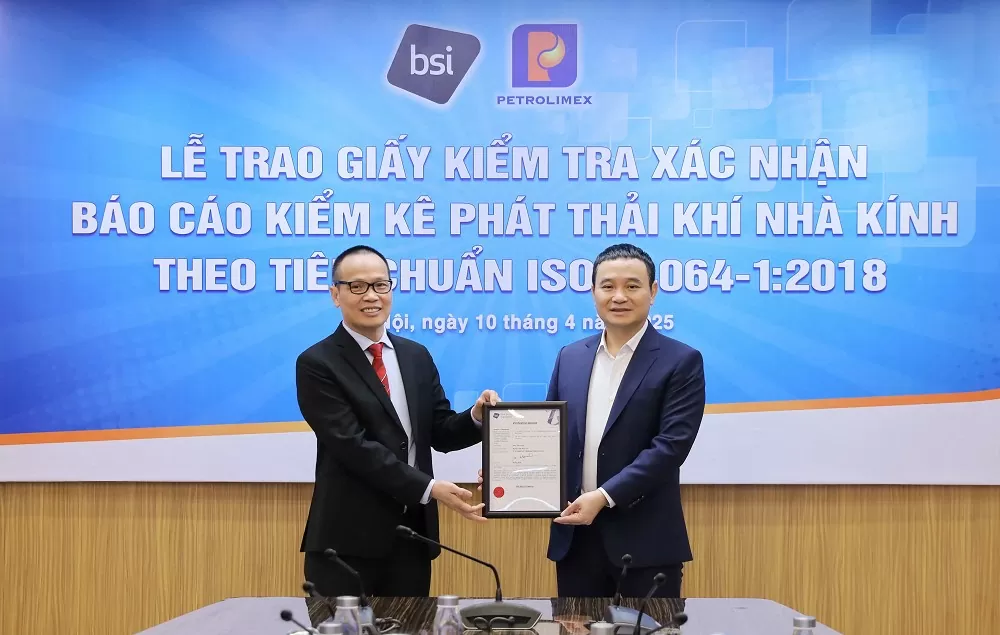




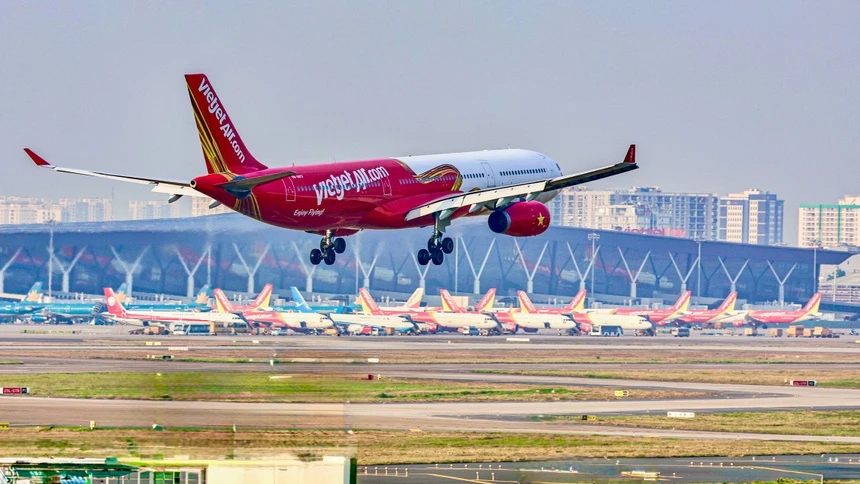



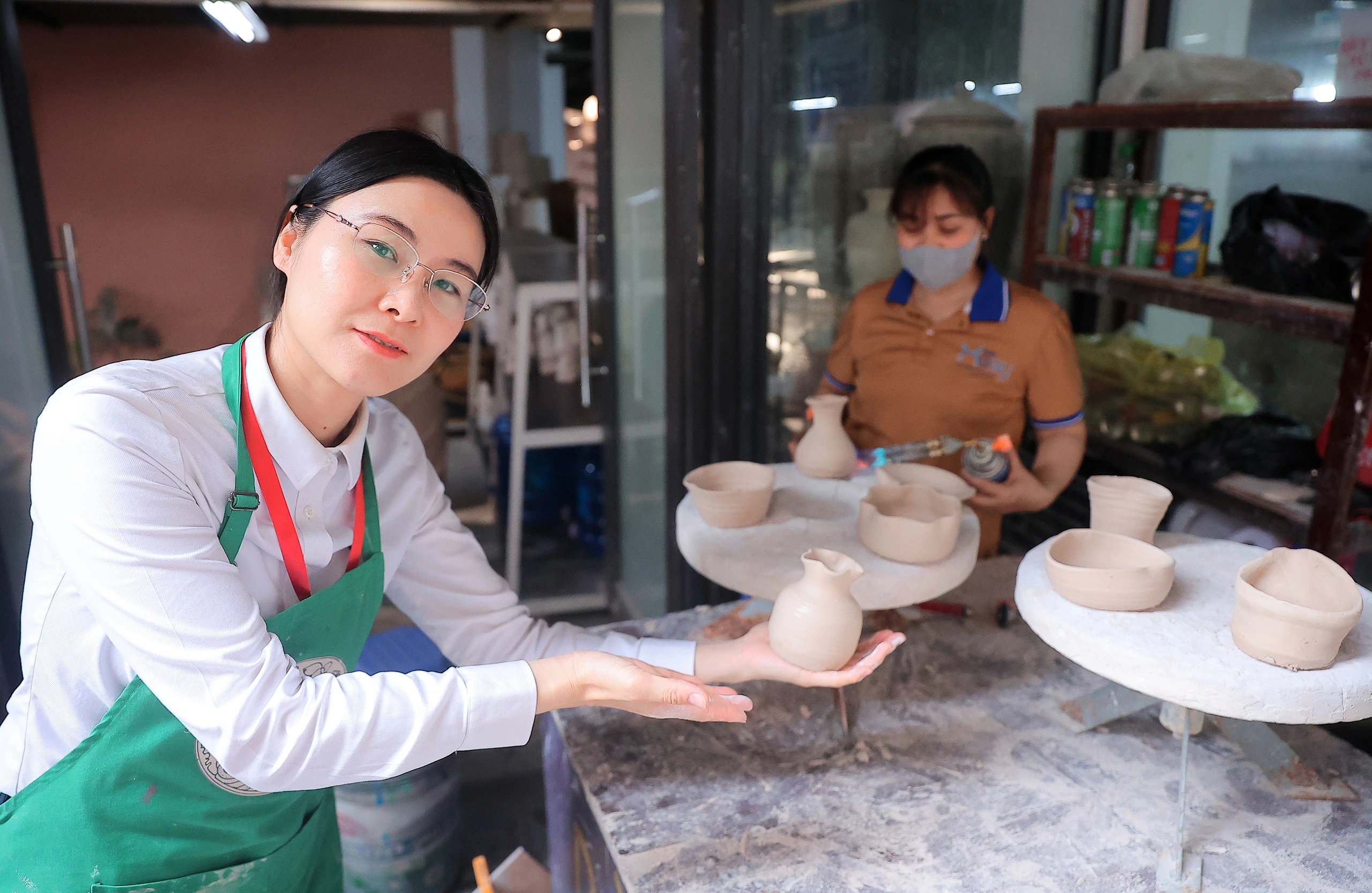

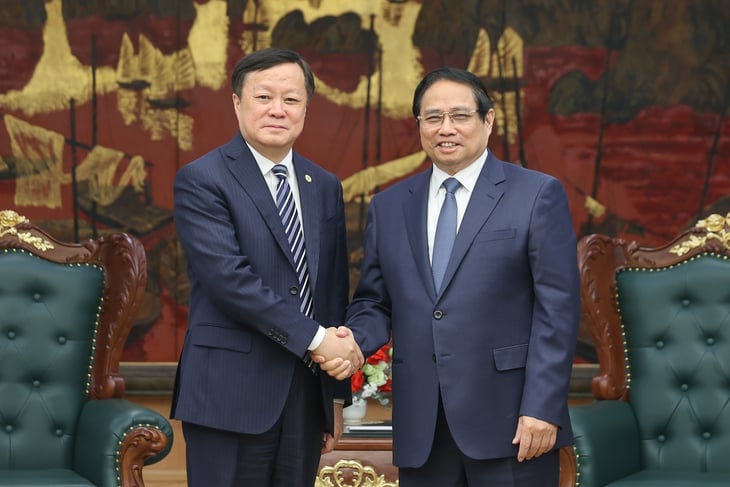
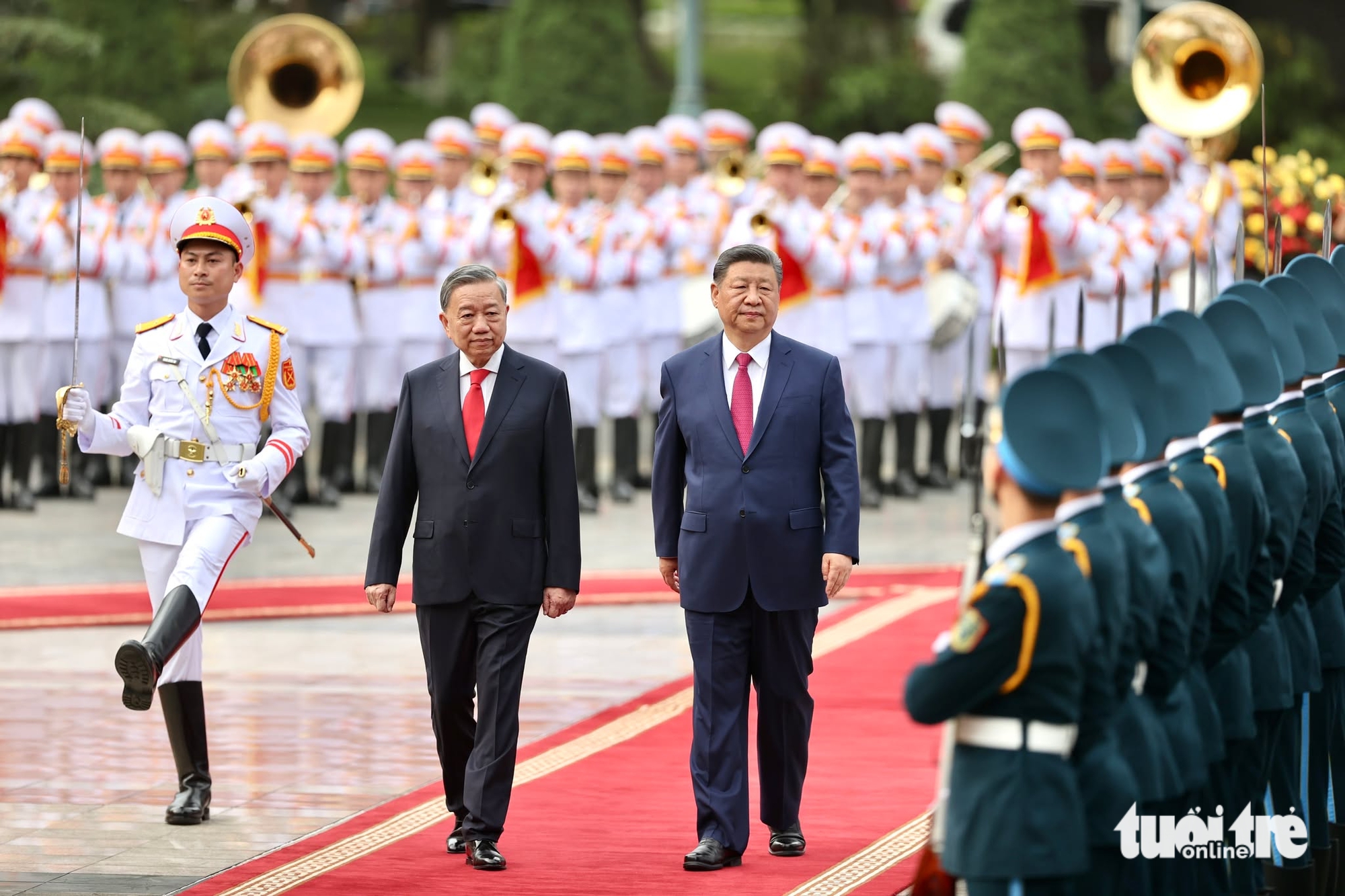
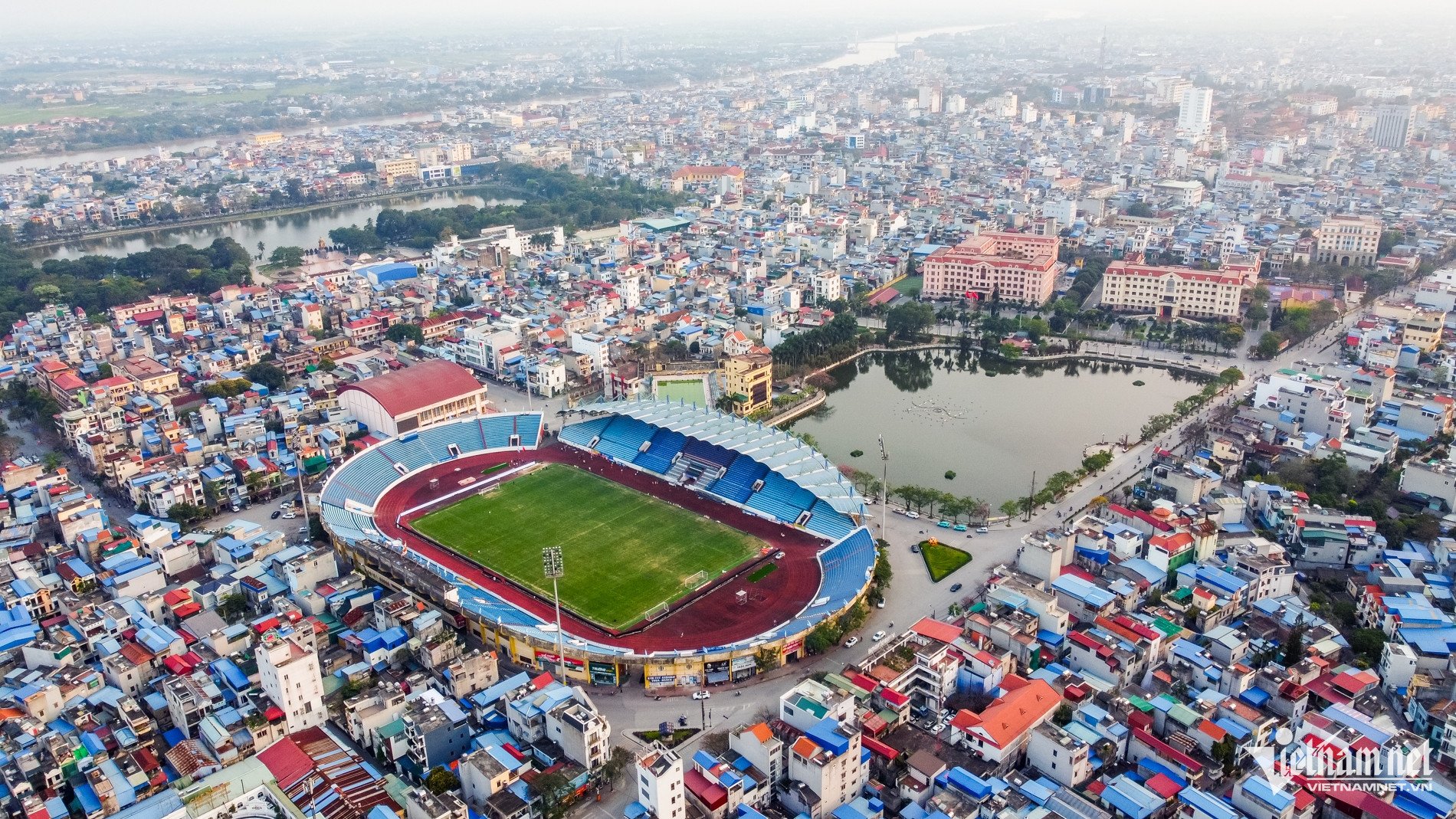
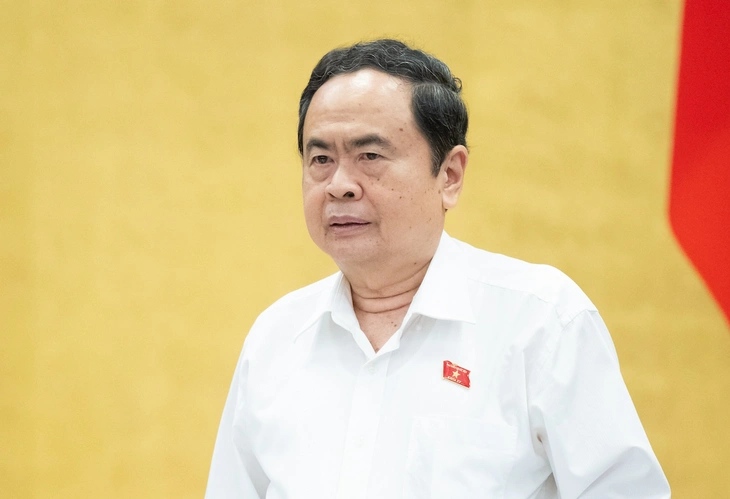
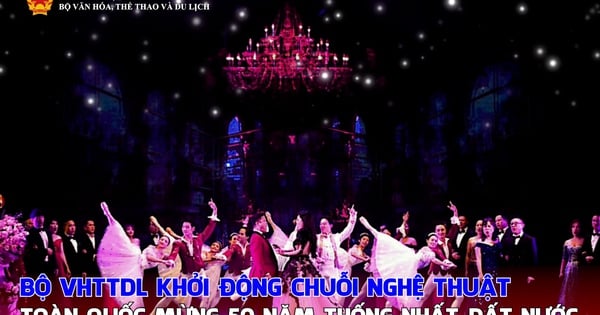

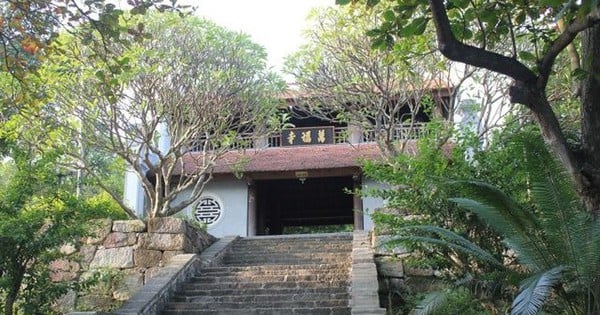
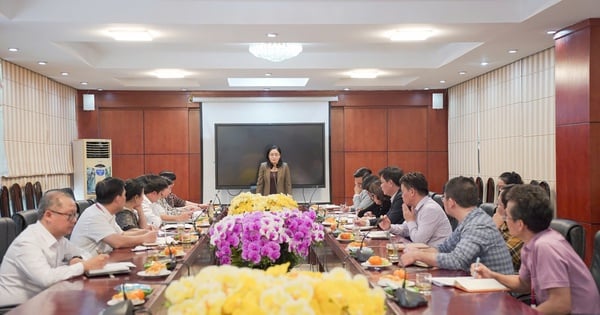
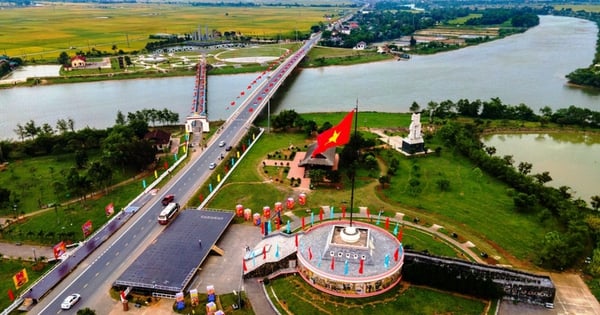
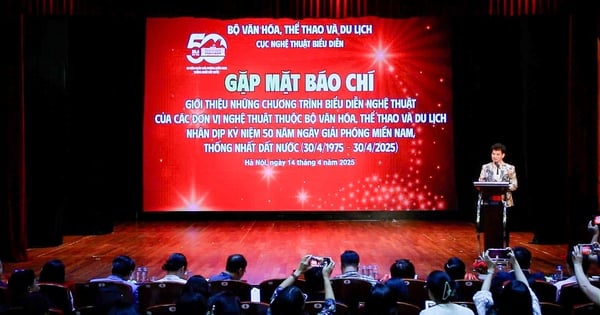


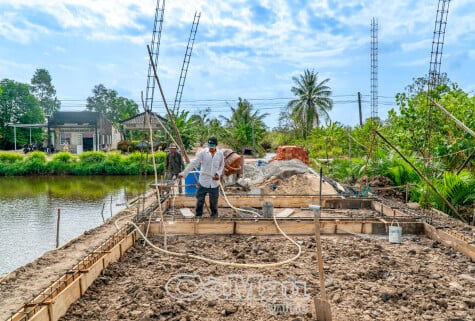

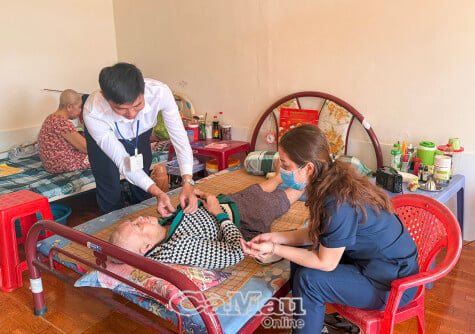


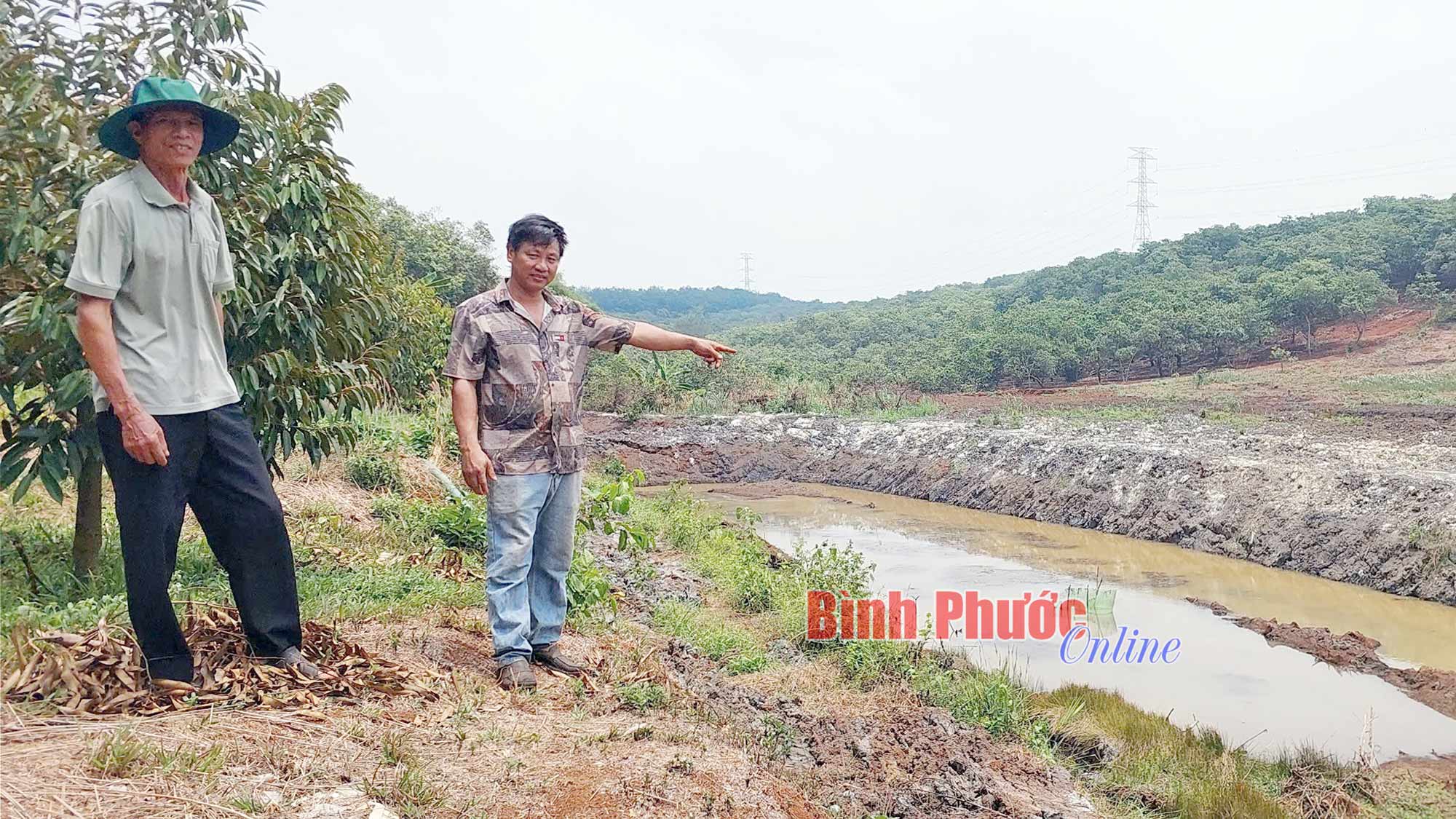

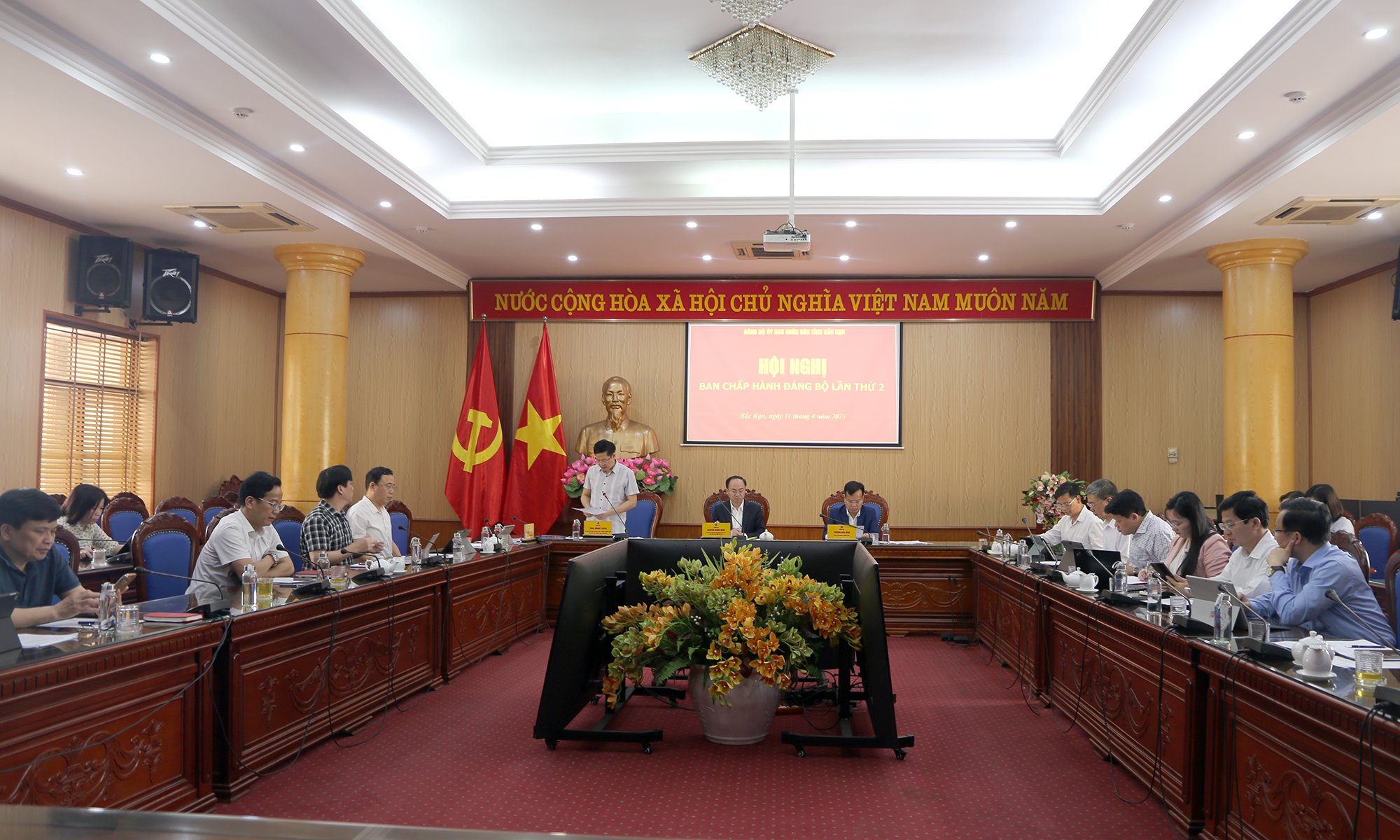
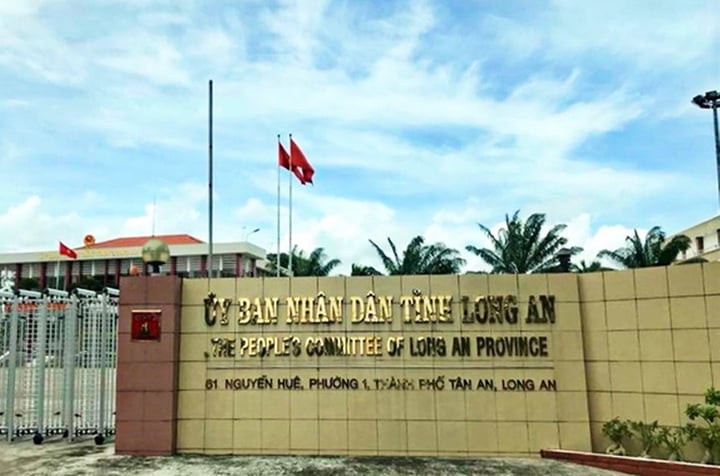
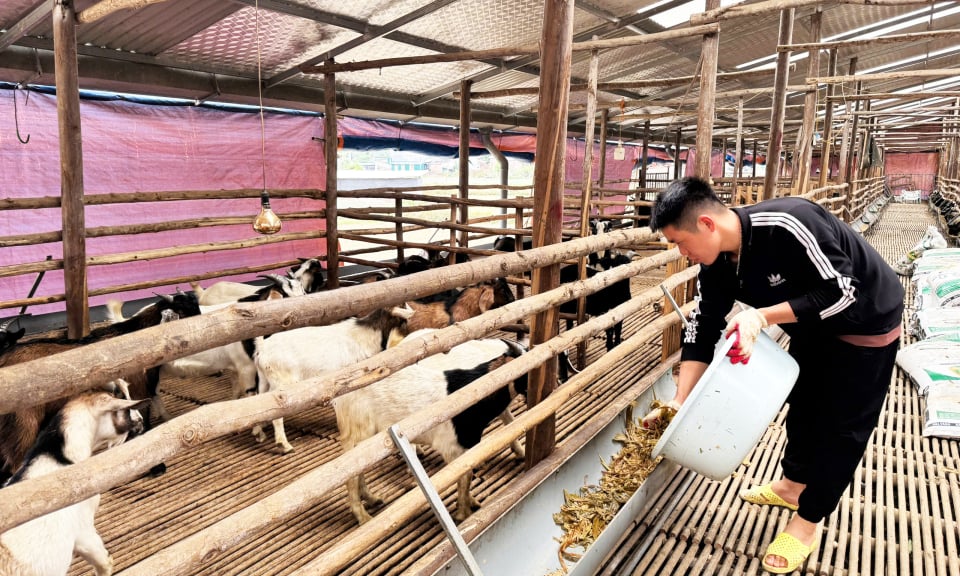

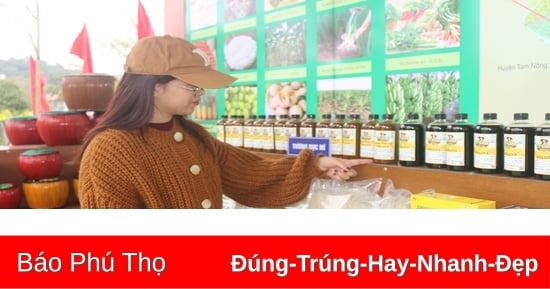

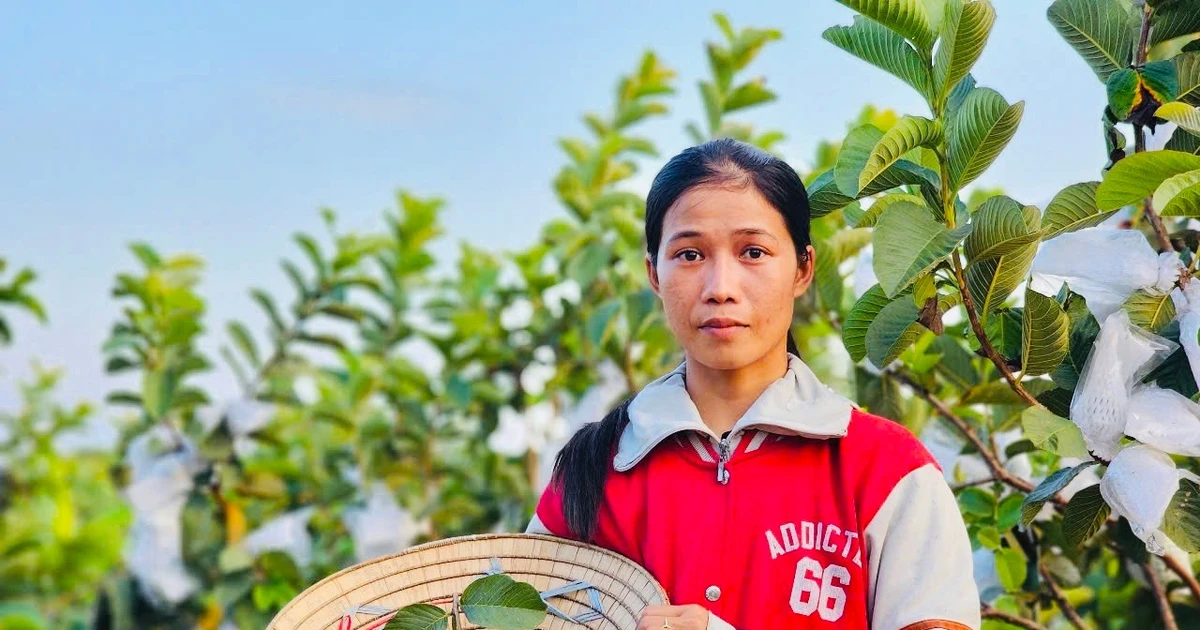

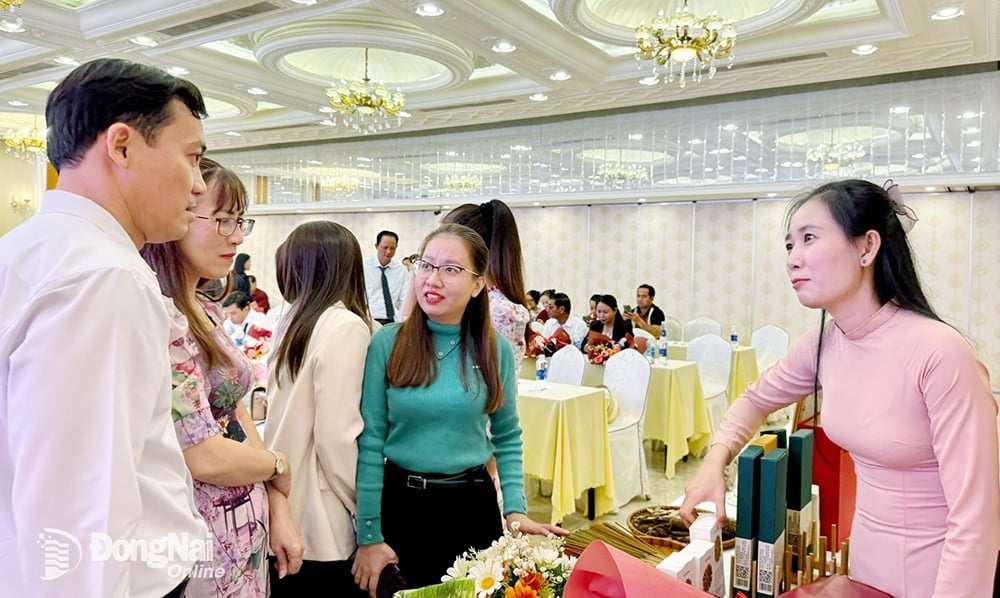
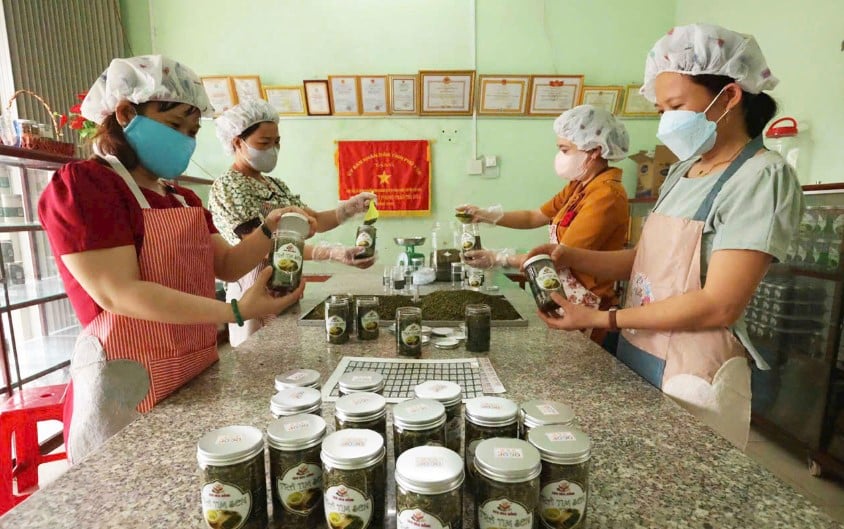

Comment (0)